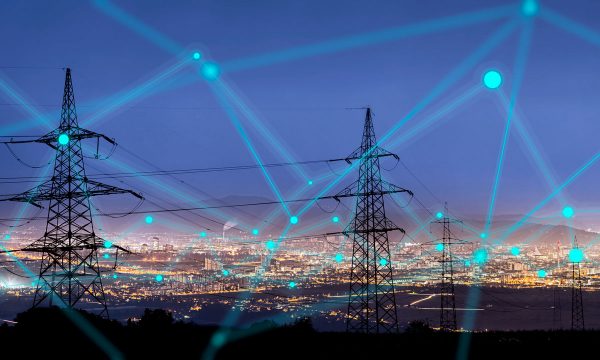
How the industry must learn to adapt to the world, post-pandemic
In many respects, our industry has experienced Groundhog Day for the past three years —with one challenge after another—collectively impacting our ability to meet customer demand for new vehicle products.
Many analysts now anticipate the sector will catch up to pre-pandemic levels at some point in 2023. When some level of normalcy does return, it will be interesting to see which of the many aspects of change that have occurred during this challenging period are here to stay—and how we, as a sector, adapt to and adopt changes that reflect a new reality.
For example, ongoing inventory shortages have made consumers more receptive to pre-orders. As a result, dealers are selling more product sight-unseen than ever before. Pre-orders result in many skipped steps in a traditional car-buying journey, such as test-driving, price haggling, and discount offers.
Customer interest for online services has never been greater. Accommodating these evolving demands will require strategic adjustments that may involve an online-friendly showroom layout, revamped website, online test drives and service bookings, and mobile apps. But a careful balance is going to be required to also continue accommodating in-person buying, because many customers continue to prefer purchasing a vehicle on site.
Accommodating these evolving demands will require strategic adjustments that may involve an online-friendly showroom layout, revamped website, online test drives and service bookings, and mobile apps.
New vehicle shortages have increased pre-owned sales because many customers have found that immediately buying a used car is more practical than waiting weeks—if not months—for pre-orders to arrive. In the short term, dealers have more opportunities than ever to make more money per deal on both the front and back ends. However, this opportunity might only last for so long, without an influx of new vehicles for which consumers can trade their current ones.
Despite challenges associated with meeting demand, the surge in interest for zero emission vehicles has never been stronger—and is increasing at a rapid pace. As this occurs, it is altering the traditional auto industry and has far-reaching implications for dealers, affecting almost every element of their operations. Those considerations include additional training for maintenance employees to safely service high-voltage powertrain systems, training for front-line sales staff to answer consumer questions competently, and finding alternative cash flow opportunities to replace the lost fixed-ops revenue due to fewer EV service appointments.
As an industry, we also need to recognize that dealerships face greater competition than ever before from new online sales providers, so it’s incumbent that dealers devise new strategies to address these challenges.
The success of any dealership depends on its people—and recruitment and retention issues are only going to become more challenging. This is due to the number of employees who are projected to retire over the next decade, and because of the new and challenging requirements for those who are service technicians, for example.
This means we need to make our sector a desirable workforce for all, and we need to find ways to innovate, and ensure employees are constantly challenged and rewarded. As millennials gain traction in the job market, new retention challenges emerge, including the tendency to stay at the same job for short periods of time compared to previous generations, and a preference for online interactions over personal ones, to name just two.
While challenges will always exist in the auto market, staying on top of trends and educating your employees for a fast-changing market can help secure a dealer’s health in a constantly changing environment.












